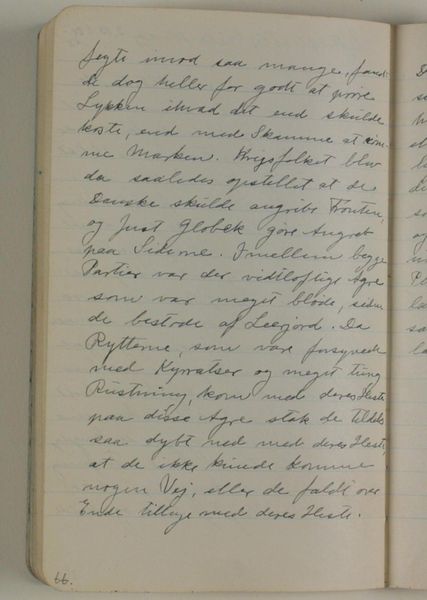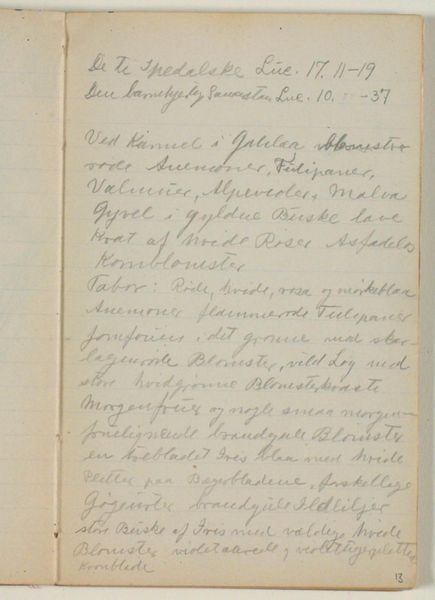
Notater vedrørende Ælnods saga om Knud den Helliges færd i Vendsyssel. Uddrag fra Historisk Tidsskrift, Hans Olrik 1933 - 1934
0:00
0:00
drawing, paper, ink
#
drawing
#
paper
#
ink
#
watercolor
Dimensions: 175 mm (height) x 109 mm (width) (monteringsmaal), 175 mm (height) x 109 mm (width) (bladmaal)
Curator: What immediately strikes me is the directness of the inscription. We have handwritten text rendered in ink on paper, a utilitarian method serving the crucial function of preserving information. Editor: This is “Notater vedrørende Ælnods saga om Knud den Helliges færd i Vendsyssel. Uddrag fra Historisk Tidsskrift, Hans Olrik,” a drawing on paper using ink by Niels Larsen Stevns, made between 1933 and 1934. I can't read Danish very well, but I’m intrigued by how the simple materials seem to convey such weight and history. What do you see in this piece? Curator: I see a deliberate engagement with the physical act of writing and the very specific historical context to which it alludes. The paper and ink are not merely passive surfaces; they're active participants in constructing meaning. Editor: Could you expand on that idea of active participation? It sounds fascinating. Curator: Certainly. Consider the time invested in manually transcribing the text. What implications might this slow, deliberate process have for both the maker and, potentially, our understanding of history itself? How might the physical process of writing influence thought, interpretation, or production of social values? Editor: I hadn't thought of it that way, but it makes sense. It's not just about the information conveyed, but also the labor and materiality involved. So the very *making* of this "drawing" becomes an interpretation, like a crafted analysis using ink as its medium. Curator: Precisely! We shift our focus from pure representation to considering the tangible methods that communicate meaning. That changes the artistic quality, because we get to discuss the interaction between material labor and what is worth consuming in society. Editor: This conversation has really changed how I see this piece. I realize there is value even in something that at first just appears to be writing! Curator: Absolutely! Focusing on process allows us to appreciate how materials and manual creation have an ability to translate into tangible meanings, which helps enrich the art and, also, the observer.
Comments
No comments
Be the first to comment and join the conversation on the ultimate creative platform.













